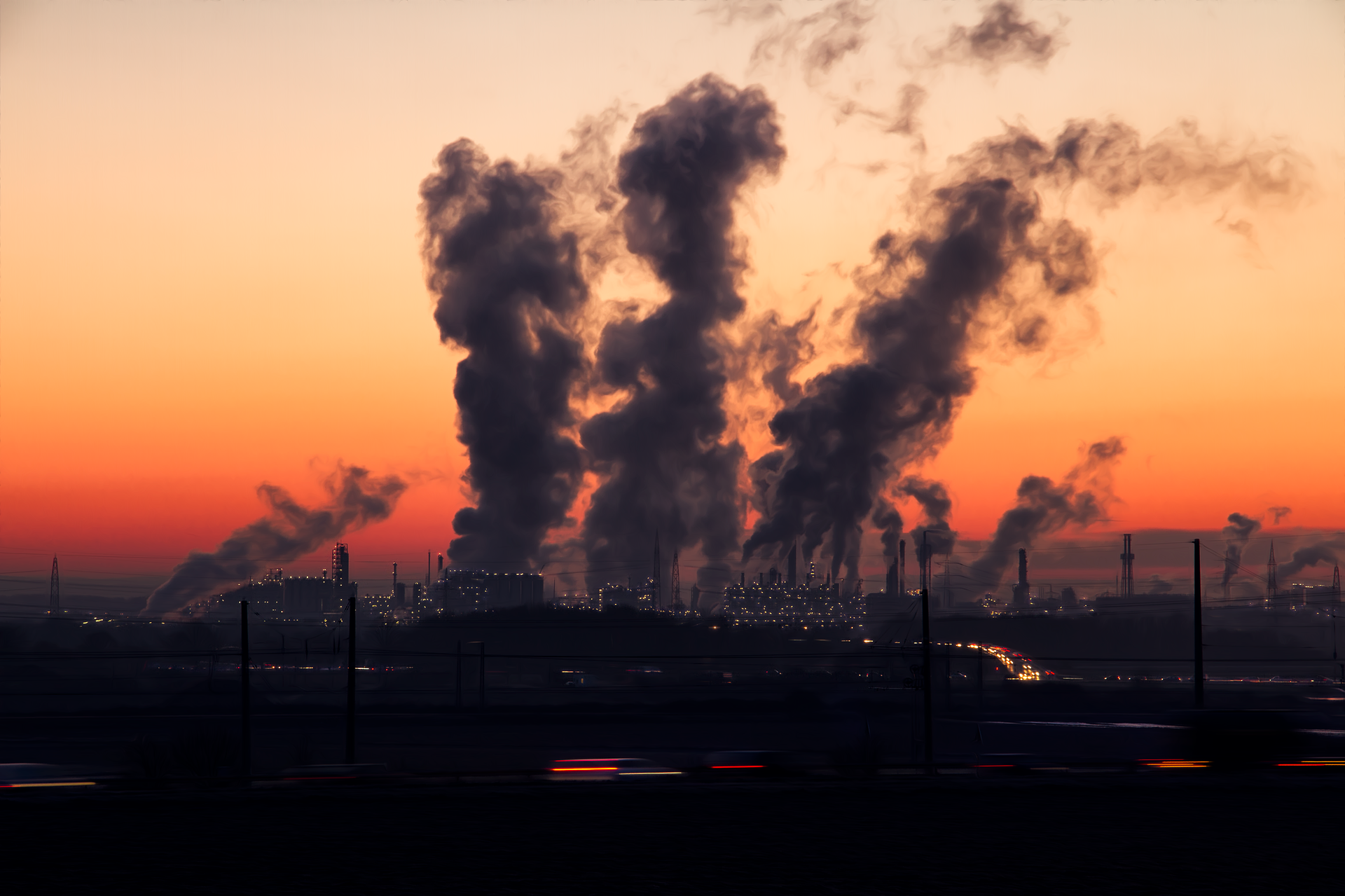Dylan Stoll | Health Editor
Featured Image: Researchers are beginning to uncover more ways the human body is impacted by pollution. | Courtesy of Pixabay
Pollution has a negative effect on our lungs, but did you know that pollutants can also reach the placenta?
Researchers in Diepenbeek, Belgium at Hasselt University and in Leuven at Katholieke Universiteit Leuven analyzed the placentas of women who had just given birth. They discovered that the inner lining of the placenta — the part that faces the baby — contained black carbon particulates, otherwise known as soot. If you don’t know what soot is, get a good mental image of what the inside walls of a chimney would look like and apply that to the inner membrane of the placenta.
The researchers found a considerable amount of white dots scattered across the tissue using femtosecond laser pulsed illumination; the tell-tale signature of black carbon soot. Femtosecond later pulsed illumination is a method of examination that utilizes ultra-fast laser blasts to excite electrons within the placental tissue to produce colours associated with particular structures.
As for the degree of contamination, it was found that the amount of black carbon in the placenta correlated with the woman’s exposure to pollution; a measure determined through the analysis of local black carbon emissions.
The women who were in lower pollution locales had 9,500 black carbon particulates per millimeter of placental tissue, whereas the women in higher pollution locales had an astonishing 20,900 particulates per millimeter of placental tissue.
In another daunting correlation between human reproduction and pollution, researchers studying babies born in Beijing before, during, and after the 2008 Beijing Olympics (a time when pollutant levels were lower than average) found that placental pollutants resulted in lower birth weights. This issue is thought to be linked to the inflammation of the uterus, which is a response to pollutant exposure.
“There’s no doubt that air pollution harms a developing baby,” said Amy Kalkbrenner, an environmental epidemiologist at the University of Wisconsin–Milwaukee to ScienceNews.
Thankfully, Torontonians can rest easy knowing that their city is relatively low on the pollutant scale. Toronto measured in air particles of 10 or less micrometers in diameter (PM10) per cubic meter. Toronto’s PM10, as of the beginning of November, is at 12, or eight less particles per cubic meter than the World Health Organization’s recommended maximum of 20.
To put things into comparison, Hamilton is at 16 and Courtenay, B.C., Canada’s most polluted city, is at 30.


